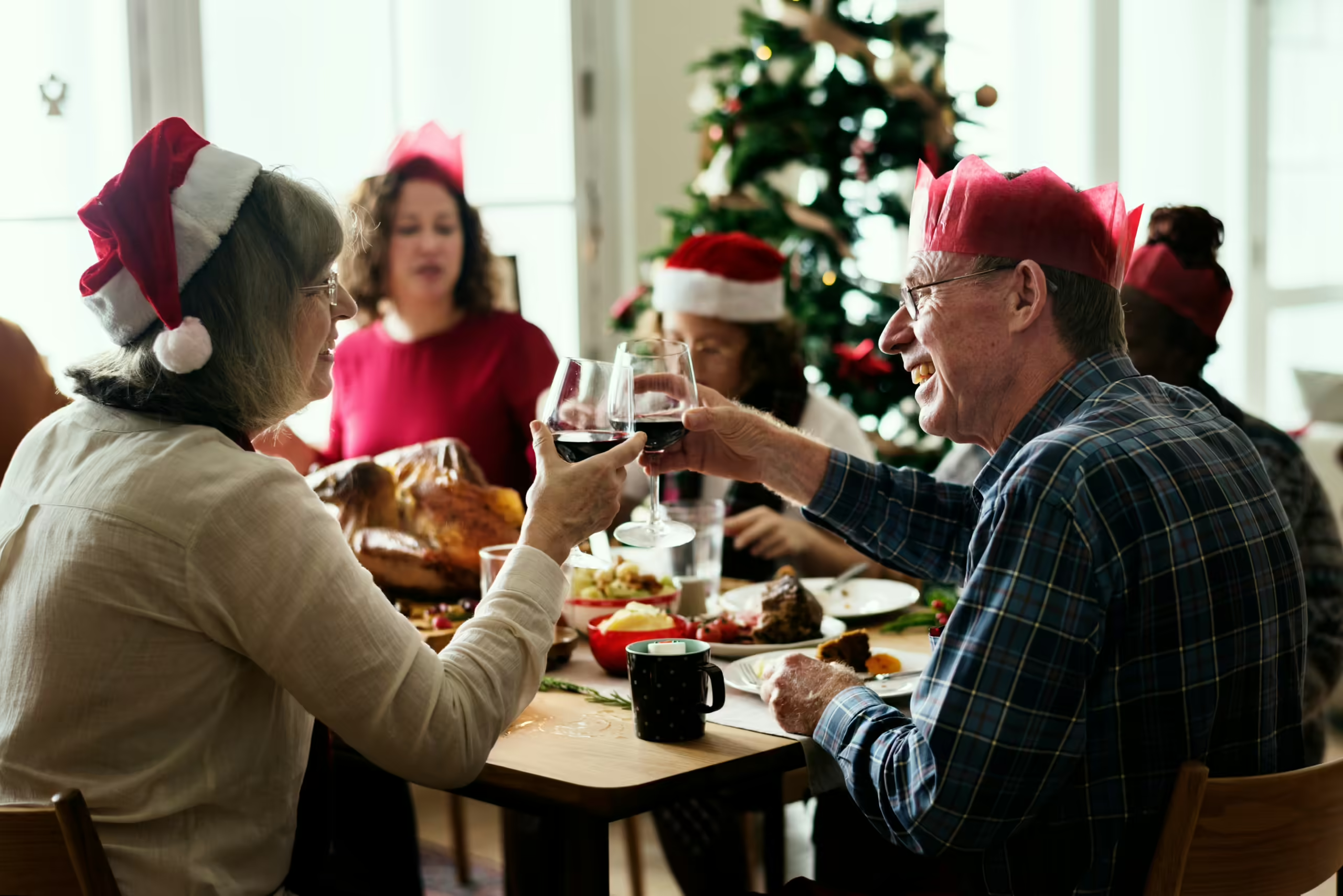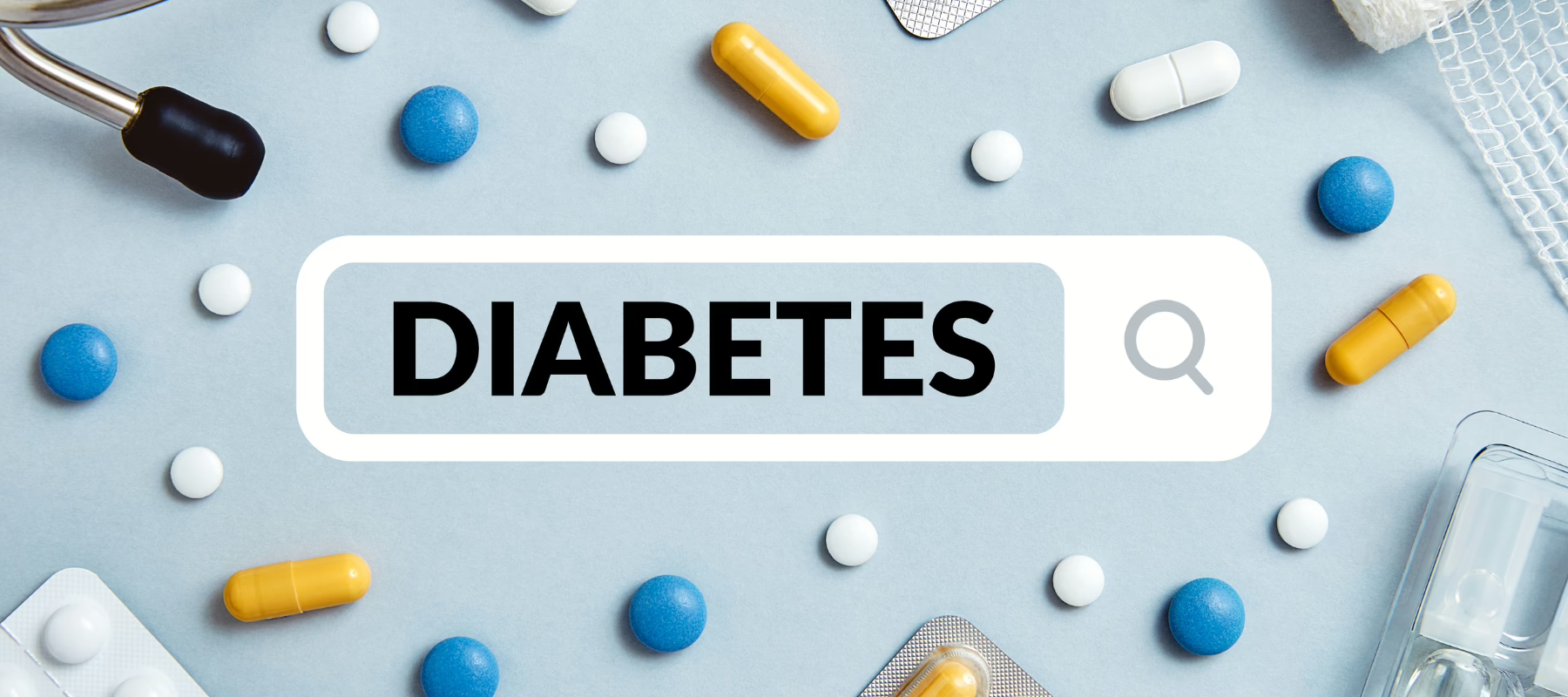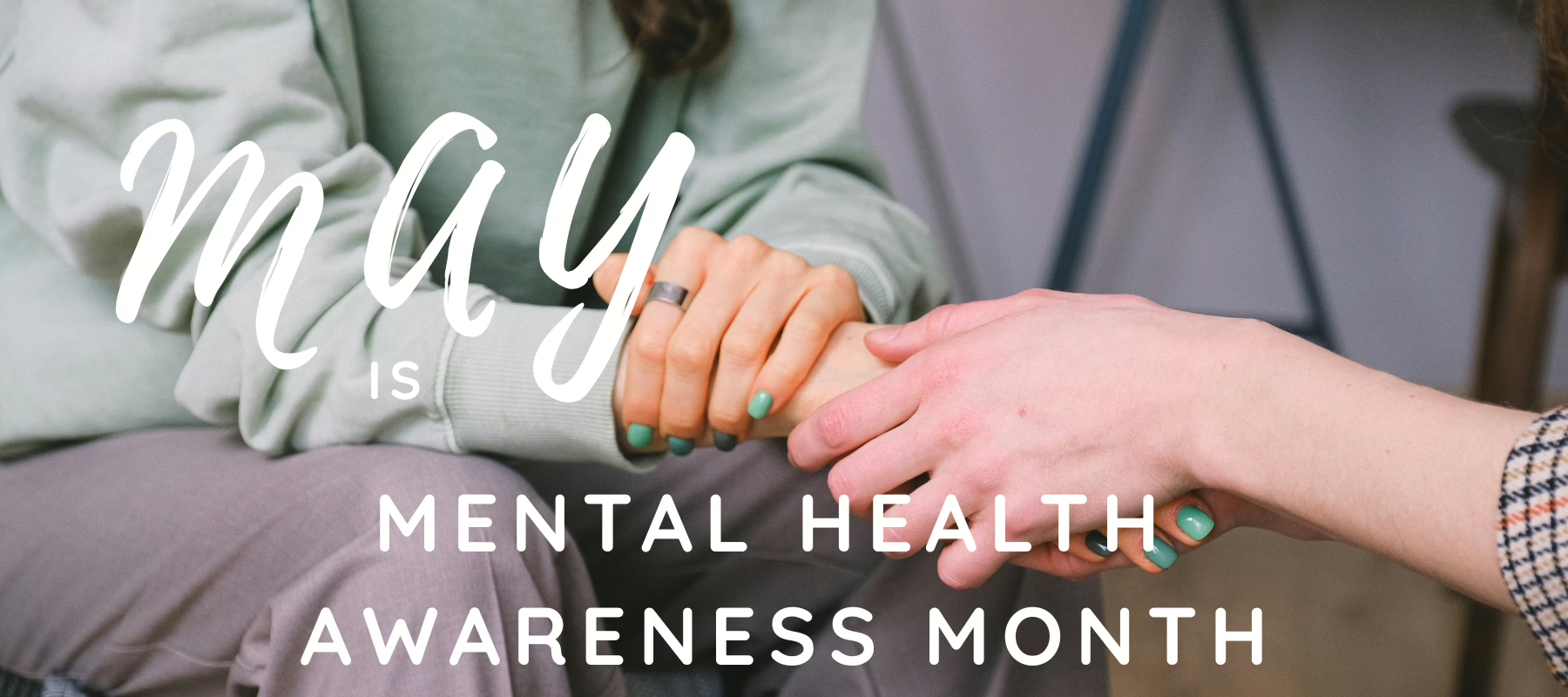The holiday season is a time of joy, connection, and celebration. For individuals with Type 1 Diabetes (T1D), it can also bring unique challenges. From indulgent meals to erratic schedules, navigating the festivities requires preparation and mindfulness. With the right strategies, you can manage your blood sugar levels and fully enjoy the holiday spirit. Here’s a comprehensive guide to managing T1D during holiday gatherings.
Preparing for Holiday Meals and Managing Blood Glucose Levels
Planning ahead is key to a stress-free and healthy holiday experience.
- Know the Menu in Advance: Reach out to your host beforehand to learn what dishes will be served. This helps you identify carb-heavy options and allows you to plan your plate. You do not want to deal with fluctuating blood sugar levels, offer to bring a T1D-friendly dish, such as a low-carb appetizer or a dessert made with sugar substitutes.
- Pre-Meal Planning: Understanding what you’ll eat helps you estimate carb counts and plan your insulin doses, as different foods can affect blood sugar levels. Tools like apps or printable carb guides can be handy for unfamiliar holiday dishes. For instance, a serving of mashed potatoes has about 30 grams of carbs, while a slice of pumpkin pie can contain upwards of 50 grams.
- Pack Your Essentials: Ensure you have everything you might need, including your blood glucose meter, insulin, extra pump supplies, and a few fast-acting carb snacks like glucose tabs or juice boxes. Fast-acting carb snacks can be crucial in managing sudden drops in blood sugar. A medical ID bracelet can also be a lifesaver in emergencies.
Navigating the Holiday Table and Adjusting Insulin Doses
Holiday meals often come with an array of dishes and beverages. As long as you dose your insulin correctly, nothing is off-limits! Use these tips to make thoughtful choices:
- Prioritize Your Plate: Start with proteins like turkey or ham and non-starchy vegetables such as green beans or roasted Brussels sprouts, as these foods can help stabilize your blood glucose levels. For higher-carb dishes, like stuffing or sweet potato casserole, make sure to keep track of how much you eat so you can properly adjust your insulin dosage.
- Beverages and Alcohol: Beverages can be hidden sources of carbs. If you want to avoid sugar spikes, opt for water, sparkling water, or sugar-free drinks instead of soda or sweetened cocktails. If you drink alcohol, consume it with food to reduce the risk of hypoglycemia.
Staying Active During Gatherings with Continuous Glucose Monitoring
Physical activity can play a crucial role in managing blood sugar, especially after a meal.
- Post-Meal Movement: Encourage your family or friends to take a walk after dinner. Even 15-20 minutes of light activity can help lower blood sugar levels. Using continuous glucose monitors can help you track how physical activity affects your blood sugar levels in real-time.
- Incorporate Active Traditions: Suggest incorporating movement into your holiday traditions, such as a family football game, dance party, or even a fun scavenger hunt. Exercise doesn’t have to feel like a chore—it can be a joyful part of the celebration.
Managing Stress and Emotions
The holiday season can be a time of joy but also stress, which can affect your blood sugar levels. Managing stress and emotions is crucial for people with T1D. Here are some tips to help you stay balanced:
- Mindfulness and Meditation: Practices like mindfulness and meditation can significantly reduce stress and anxiety. There are many apps and online resources available that can guide you through mindfulness exercises. Taking a few minutes each day to meditate can help you stay calm and focused, which in turn can help stabilize your blood sugar levels.
- Exercise: Regular physical activity is a great way to reduce stress and anxiety. Find an exercise routine that you enjoy and that fits your lifestyle. Whether it’s a brisk walk, a yoga session, or a dance class, staying active can help you manage your blood sugar levels more effectively.
- Support Groups: Joining a support group can provide a sense of community and connection with others who understand what you’re going through. Sharing experiences and tips with others can be incredibly comforting and can help you manage the emotional aspects of T1D.
Communication and Support for Mental Health
The holidays often involve spending time with people who may not fully understand T1D. Open communication can make gatherings more enjoyable.
- Educate Your Loved Ones: Share basic information about T1D with your family and friends, especially if they’re not familiar with it. Explain that managing blood sugar involves careful planning and monitoring, and that tools like an insulin pump can help in maintaining stable blood sugar levels. T1D is not about “avoiding sweets” or reducing food consumption.
- Ask for Support: Don’t hesitate to let your host or close family members know about your needs. Whether it’s ensuring you have access to your supplies or adjusting the meal schedule slightly, most people are happy to help when they understand the situation.
Handling Unexpected Situations
Despite the best planning, unexpected challenges can arise.
- Stay Flexible: If your blood sugar doesn’t behave as expected, don’t let it ruin the celebration. Focus on enjoying the moment and getting back on track with the next meal or activity.
- Managing Blood Sugar Spikes: Holiday meals often include high-carb or sugary foods that can cause post-meal spikes in your blood glucose level. If you notice high blood sugar, adjust your insulin dose according to your healthcare provider’s recommendations and monitor your levels closely.
- Addressing Hypoglycemia: With the hustle and bustle of the holidays, it’s easy to miss signs of low blood sugar. Always have fast-acting carbs within reach and take a break to treat a low promptly.
The Bigger Picture: Enjoying the Holidays
Managing T1D is about creating a flexible routine that supports both your health and the things you love. The holidays are a time to enjoy while staying mindful of what works for you.
- Practice Mindfulness: Slow down and savor the experience. Enjoy the conversations, the laughter, and the special moments that make the holidays memorable.
- Celebrate Your Wins: Successfully managing T1D during the holidays is an achievement worth celebrating. Reflect on what worked well, such as the effectiveness of your intensive insulin therapy, and carry those strategies forward into the new year.
Embrace the joy of the season by focusing on what truly matters—connection, celebration, and well-being. Visit Diabetes Research Connection to discover more resources and support for managing T1D while making the most of the holidays!
Wrapping Up the Holidays with Confidence
The holidays are a time to connect, celebrate, and create lasting memories. By planning ahead, making thoughtful choices, and leaning on your support network, you can manage T1D while fully embracing the festive spirit. Using tools like a continuous glucose monitor can provide real-time insights and help you manage your blood sugar levels more effectively during the holidays.
At the Diabetes Research Connection, we’re committed to empowering those with T1D through education and research. Visit our website to learn more about our work and discover additional resources to support your T1D journey.
Take control of your holiday season with confidence and ease—your health and happiness can go hand in hand. Explore more T1D management tips and support groundbreaking research by visiting Diabetes Research Connection today!




